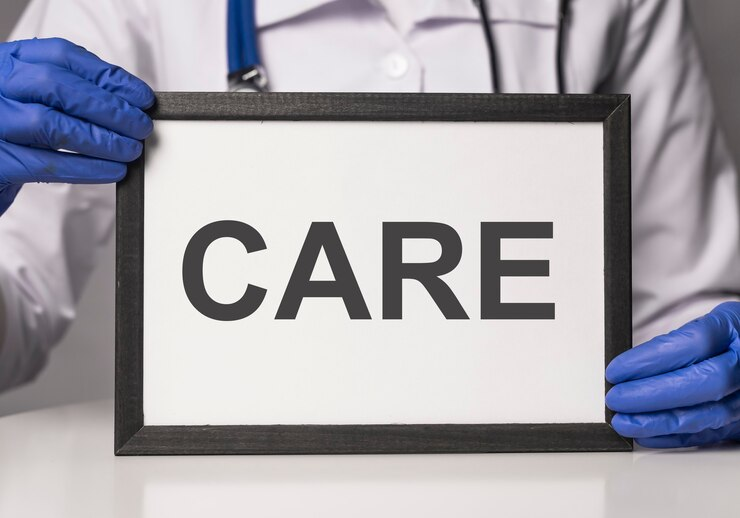Introduction to Working at Heights
Heading 1: Understanding the Risks
An individual who is working at height runs the risk of falling and becoming harmed. We'll examine the risks associated with working at height in this part and stress how crucial it is to put safety first.
Section 2: Legal Terms and Requirements
Learn about the laws and regulations pertaining to working at height. Comprehending and complying with these guidelines are essential measures to guarantee a safer working environment for all individuals engaged in jobs associated with working at height.
Working at height requires us to actively take vital safety precautions by being aware of the risks and adhering to regulations and norms.
Crucial Precautions
Heading 1: Personal Protection Equipment (PPE)
Learn how crucial it is to wear the appropriate PPE, such as harnesses and helmets, to reduce the risks connected with working at heights. The ways in which these instruments offer an extra degree of protection and guarantee your safety when working at heights will be covered in detail in this section.
Heading 2: Equipment Upkeep and Inspection
In this section, we examine the routine upkeep and examination of apparatus used in jobs involving working at heights. The likelihood of mishaps is greatly decreased by knowing how to work at height and maintain these instruments. Additionally, this procedure guarantees the dependability of equipment and tools, providing an extra degree of security when working at heights.
Useful Advice for Performing Tasks at Height
Heading 1: Risk Assessment and Planning
Before attempting any work at height task, understand the importance of careful preparation and risk assessment. Planning ahead enables you to recognize possible risks and put preventative measures in place.
Heading 2: Secure Entry and Exit
Examine the significance of secure entry and exit points for working at height. Preventing accidents requires that people know the proper routes to take while entering and leaving elevated locations.
Lessons
Brief Descripiton of Working at Height
Module 1: Introducing Work at Height
Module 2: The Dangers of Work at Height
Module 3: The Work at Height Regulations
Module 4: Summary of Duty Holder's Responsibilities
Module 5: Employer's Responsibilities
Module 6: The Hierarchy of Control
Module 7: Avoiding Work at Height Wherever Possible
Module 8: Prevent Risk of Falls
Module 9: Minimise Consequences
Module 10: The Risk Assessment
Module 11: Course Summary




